Who are the Conservatives, how many MPs are there and what do they stand for?
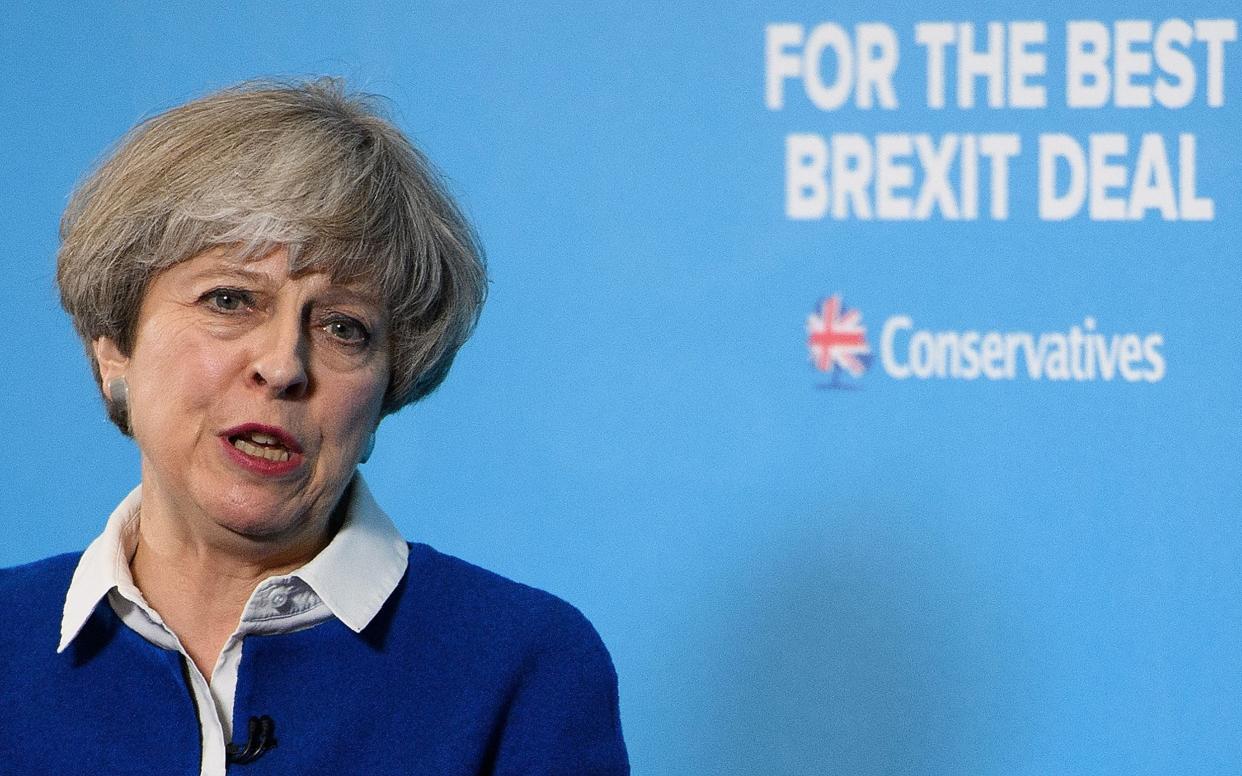
Theresa May'ssnap general election, which she called in April with a view to increasing her House of Commons majority, has spectacularly backfired resulting in a hung parliament.
No party has emerged with an overall majority meaning the incumbent Conservative government stays in office until Mrs May either does a deal - most likely with the Democratic Unionists - or goes to the Queen to tender her resignation and that of her administration.
With talk of a new government being formed either as a minority or in coalition with another party or parties, here's a look at the Conservative Party and what it stands for.
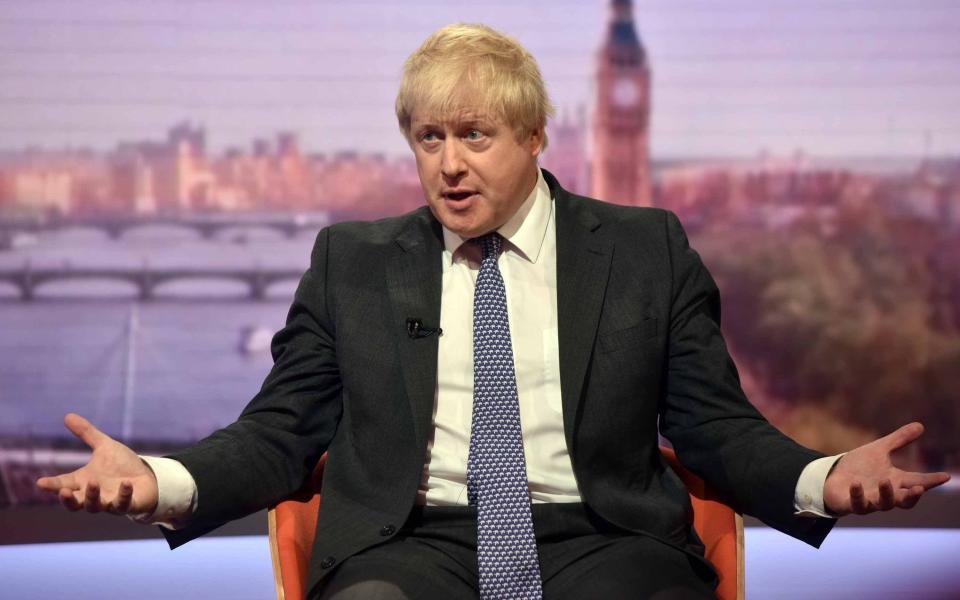
Who are the Conservatives?
Conservatives take pride in being the oldest and most successful party in British history, but their story is fraught with regicide and schism.
The party's origins can be traced to the 'Tory' faction which emerged in the late seventeenth century and represented landed gentry in Britain until the 1830s.
The Tories began referring to themselves as the Conservatives around 1830, however, it was a passage in Quarterly Review published in 1830 which read, "We now are, as we have always been, decidedly and conscientiously attached to what is called the Tory, and which might with more propriety be called the Conservative, Party" which really kick-started the trend.
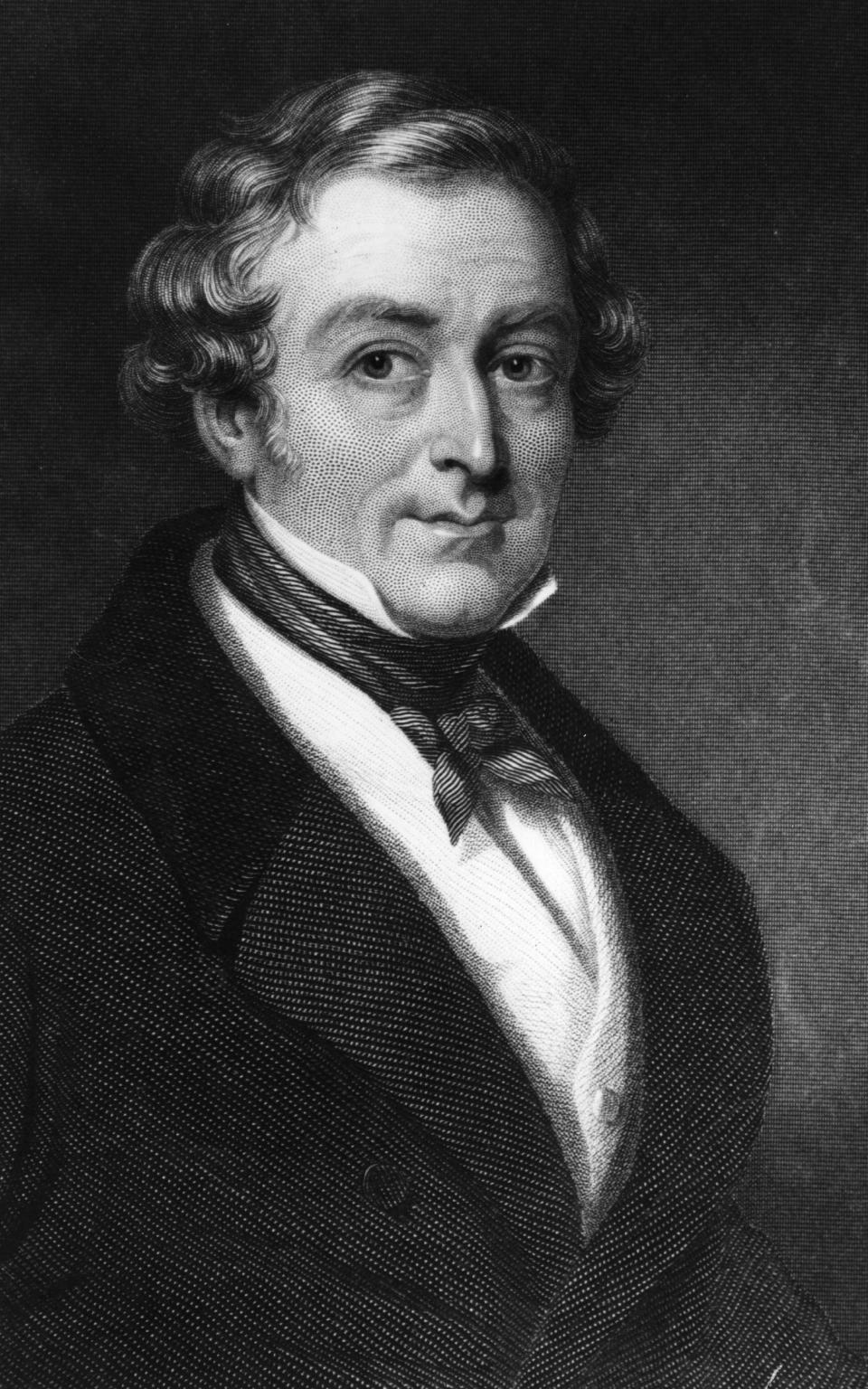
It's generally accepted that the founder of the 'Conservative' party was Sir Robert Peel, who served as prime minister between 1834-1835 and 1841-1846, and who presided over transforming Britain's social and economic policies and the repeal of the Corn Laws in 1846.
The Conservative and Unionist Party (usually shortened to Conservative Party, or informally as the Tory Party) has had its share of being both in opposition and in power, with Margaret Thatcher's lengthy administration in 1979-90 making a marked impact on the country.
Following the 2015 general election, the Conservative Party had the largest number of MPs in Parliament with 330 seats after emerging triumphant under former Prime Minister David Cameron, although the party has now lost it's majority following the 2017 vote under Theresa May.
What does the Conservative Party stand for?
The Conservative Party sits at the centre-right of the political spectrum. Its core philosophies are British unionism, Euroscepticism, Conservatism and economic liberalism.
Did you know?
The name 'Tory' was originally meant as an insult by some, as the word Tory meant a type of bandit, or outlaw.
Conservative Party under Theresa May
Led by Theresa May since June 2016, the party's key beliefs are capitalism and free enterprise.
One of the party's key policies has been to negotiate Britain's exit from the European Union following last year's referendum, including Britain's exit from the European single market and customs union.
Mrs May's manifesto pledges in promises to cut net migration to "tens of thousands", introduce a cap on gas and electricity bills and for people with assets worth more than £100,000 to pay for their social care.
The Conservatives also promise to cut corporation tax to 17 per cent by 2020 and increase the National Living Wage to 60 per cent of the average earnings.
Schools are promised an extra £4 billion by 2022 and free school lunches would be scrapped, replaced by free breakfasts for primary school children instead.
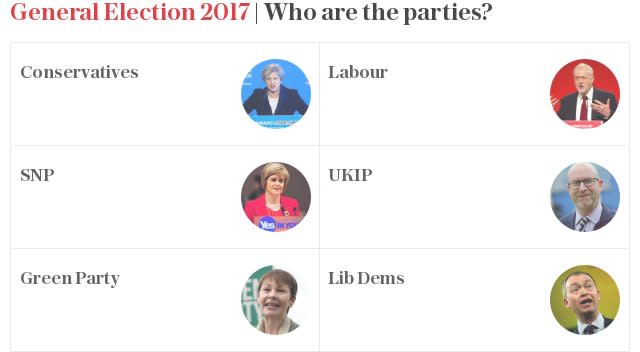
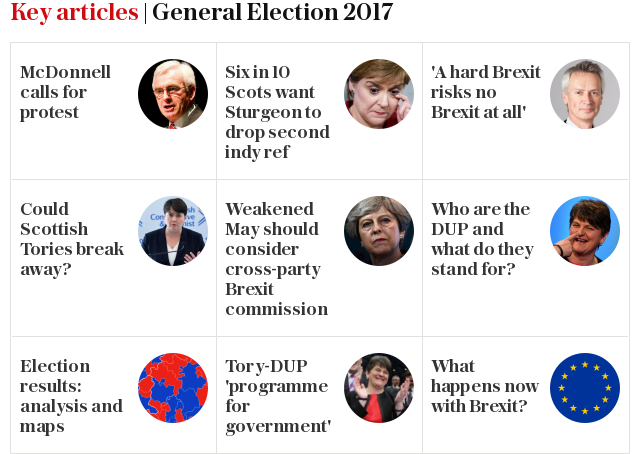

 Yahoo News
Yahoo News 
